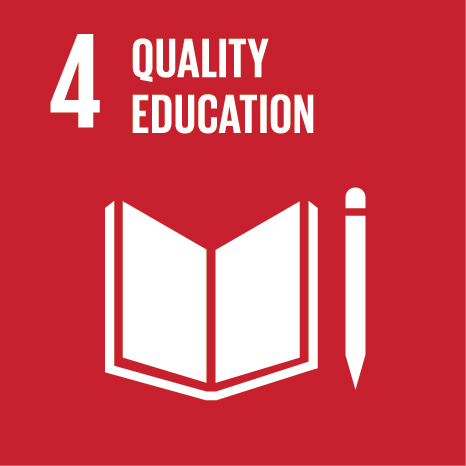Ciência_Iscte
Publications
Publication Detailed Description
COVID-19 in 38 countries: A structural breaks approach
Journal Title
International Journal of Ecological Economics and Statistics
Year (definitive publication)
2021
Language
English
Country
India
More Information
Web of Science®
Scopus
This publication is not indexed in Scopus
Google Scholar
This publication is not indexed in Google Scholar
This publication is not indexed in Overton
Abstract
In this paper we estimate econometric models of daily data on the number of new cases from COVID-19. Our primary purpose is to test for the presence of structural breaks in each time series and then to incorporate these breaks in the estimation process. Government Response Stringency Index is also included as explanatory variable and interacting with the factor variables resulting from the breaks. We found different number and different dates for the structural breaks across the countries. We also observe that the last structural break is more or less contemporaneous for most of countries (24 in 38). By considering the curvature of the quadratic function we can guess if the peak already occurred. Latin America, Australia, Asia and Africa countries seem to reach already the peak. The same conclusion does not apply to European countries, USA and Canada. Including the GRSI increases the fit significantly.
Acknowledgements
--
Keywords
Quadratic function,Likelihood ratio test,Break dates,Stringency
Fields of Science and Technology Classification
- Mathematics - Natural Sciences
- Economics and Business - Social Sciences
- Other Social Sciences - Social Sciences
Funding Records
| Funding Reference | Funding Entity |
|---|---|
| UID/GES/00315/2013 | Fundação para a Ciência e a Tecnologia |
Contributions to the Sustainable Development Goals of the United Nations
With the objective to increase the research activity directed towards the achievement of the United Nations 2030 Sustainable Development Goals, the possibility of associating scientific publications with the Sustainable Development Goals is now available in Ciência_Iscte. These are the Sustainable Development Goals identified by the author(s) for this publication. For more detailed information on the Sustainable Development Goals, click here.

 Português
Português


